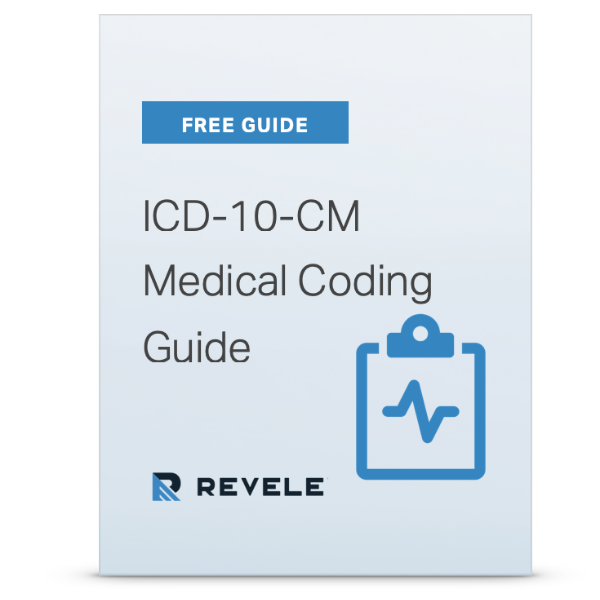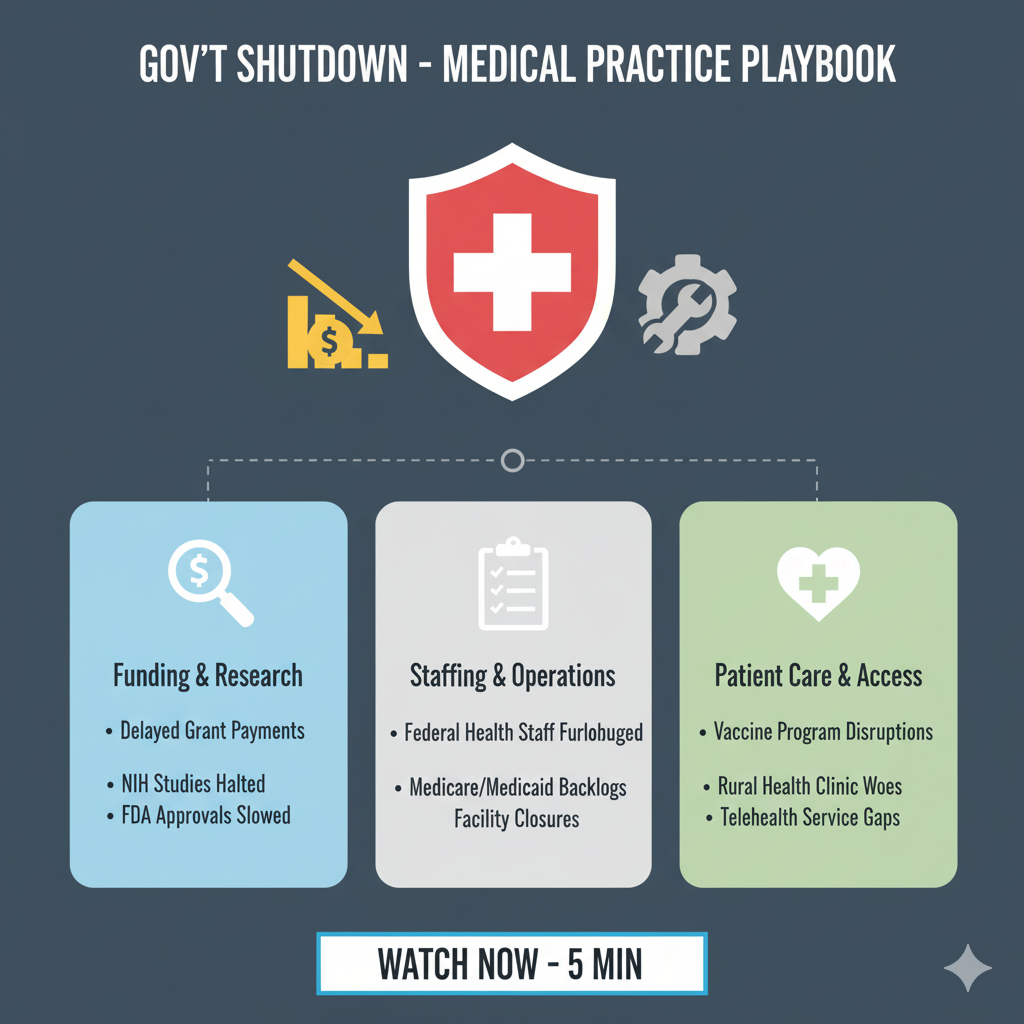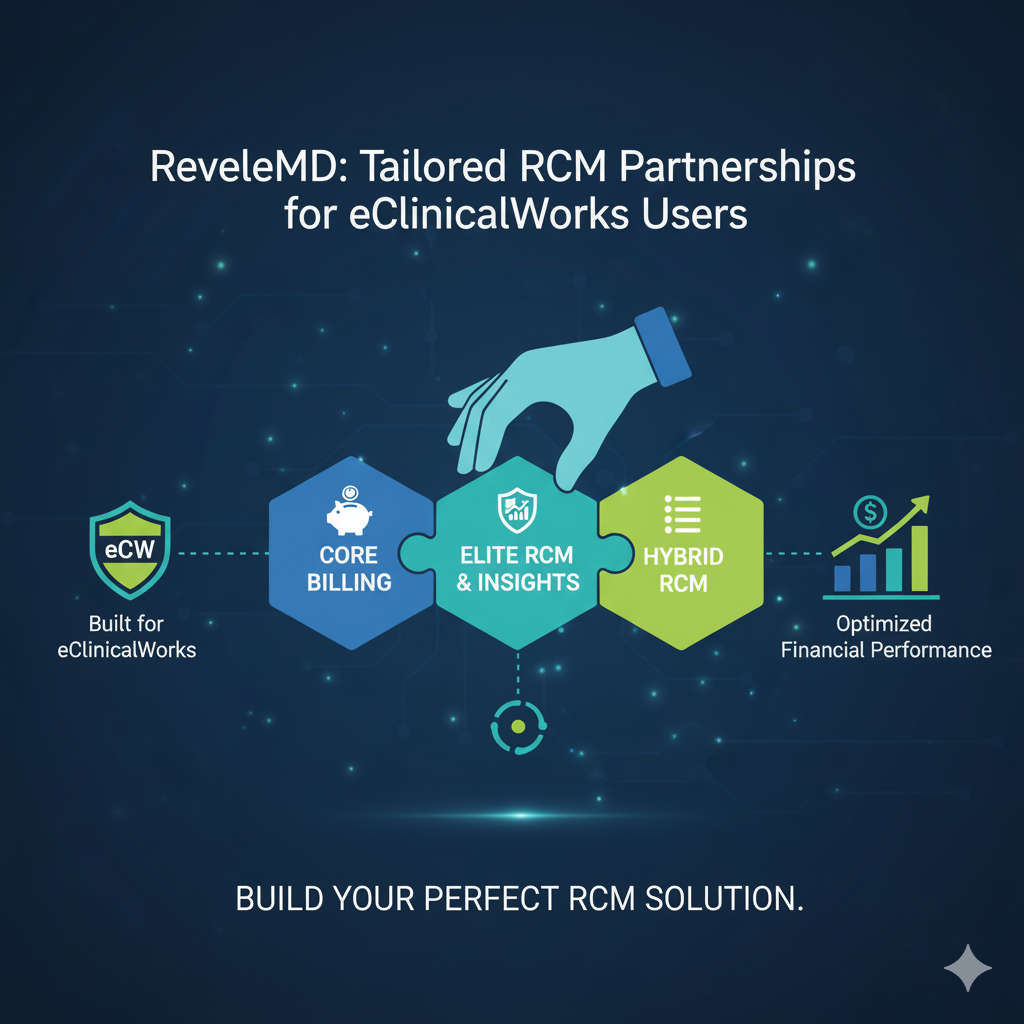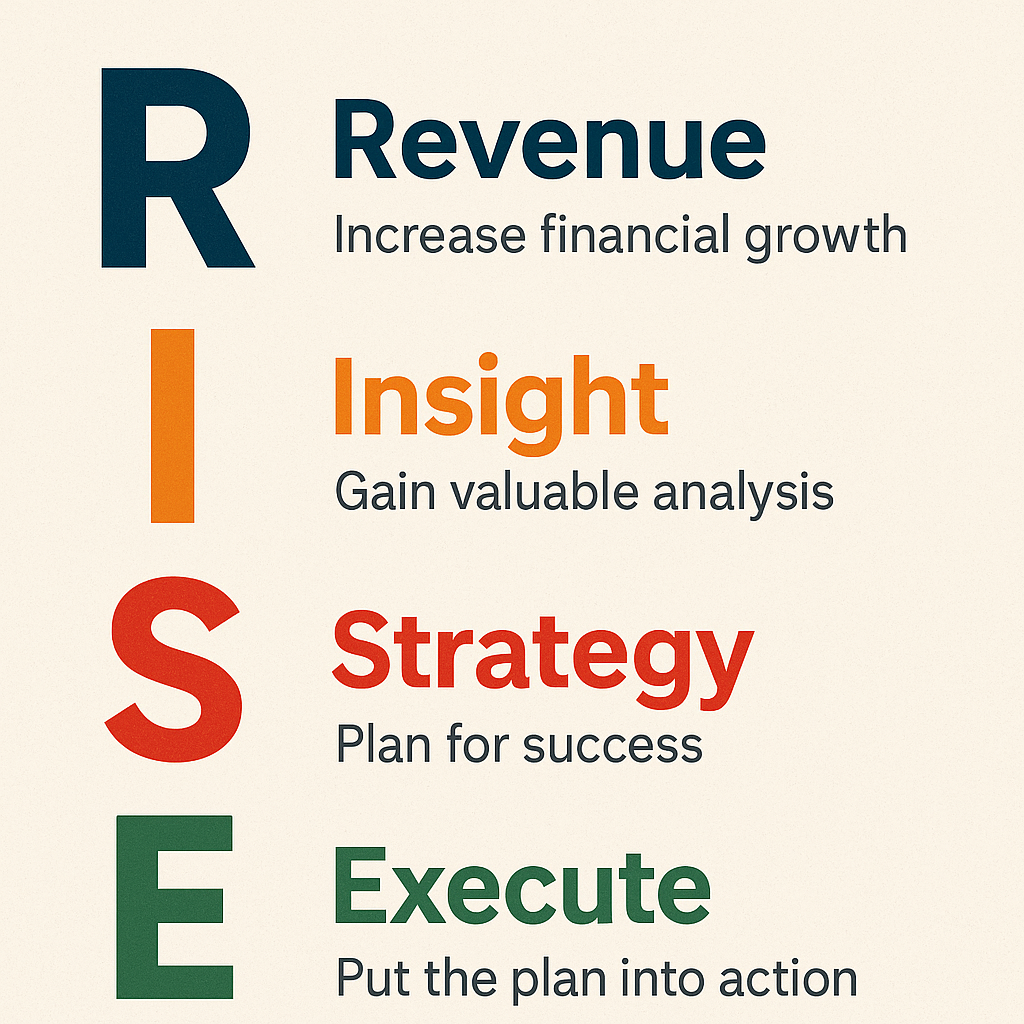As the world grows more and more digitized, online patient portals are becoming an increasingly important part of the healthcare experience. Digital portals keep patient information organized and help your staff work more efficiently, in part by allowing patients to make appointments and access their medical records without your team’s help. But while patient portals have the potential to make the healthcare experience better for everyone, they’re not always designed with patients’ needs in mind.
To help patients get more from online portals — and encourage them to use beneficial healthcare technology tools — medical and medical billing professionals must prioritize the user experience. We’ll explain how to choose or build tools that are optimized for patients, rather than being too confusing, complex, or inaccessible.
Opt for a Complete Healthcare Technology System
When patients choose your practice, they want a smooth user experience that’s as close to flawless as possible. With healthcare technology usage growing, many practices are already using a combination of electronic medical records (EMR), administrative software, and far more. The patient portal you choose will only be one piece of your extensive digital system.
Before you select a patient portal, consider how it’ll fit into your digital ecosystem. For instance, can it replace or be integrated with other tools? Ideally, patients shouldn’t have to jump between platforms to access medical records, make appointments, contact their medical team, and more. New technology like EMR systems and self-directed portals will streamline communication and data storage in the future, so every modern practice must keep up to meet patient demand.
A complete healthcare technology system will also help your team work more efficiently. This improves the user experience by allowing you to serve more patients promptly.
Simplicity Is a Necessity
A patient’s medical journey is often filled with complicated processes. Patients tend to choose providers that offer websites and patient portals that are easy to use, so anytime you simplify a confusing process, you can stand out from other practices — especially for seniors who need frequent medical care but aren’t as tech savvy as younger generations.
A great healthcare patient portal should be highly intuitive. Patients should be able to log in and access the information they need with minimal steps and without support from your staff. But rather than using blocks of texts to instruct your patients — which can decrease your web page’s readability — consider adding or choosing software that uses visuals or animations to guide patients in the right direction.
Patients won’t stay long if they’re frustrated every time they hop on your portal. However, they may remain loyal if your online experience feels just as supportive as your in-person experience.
Don’t Forget to Evaluate Accessibility
Healthcare professionals frequently work with highly diverse patients. Though no software is perfect for everyone, your patient portal should be as close to a “one size fits all” platform as possible for your client base. It should be accessible to people with disabilities, as well as people with different education levels.
As you’re comparing patient portal software, consider which ones take extra measures to aid users. For instance, can patients use screen readers to navigate the platform? Does the portal use simple language rather than medical jargon? Do the font colors offer enough contrast for patients with vision impairments?
Choose a System That Grows With Your Practice
Outdated healthcare patient portals tend to be less intuitive and more complex than modern solutions. While it can be tempting to opt for low-cost technology, you need to choose a modern healthcare system that gets continuous upkeep and improvements.
When a healthcare solution is frequently maintained, it’s more likely to offer up-to-date features and greater protection from cybersecurity breaches. Both of these perks can improve the user experience, which ultimately keeps patients more satisfied with your practice.
Seeking tools that can expand with your practice is also a sustainable choice. As your practice grows, you don’t have to spend time and money researching, testing, or training your staff on new solutions. This means your patients won’t have to learn a new tool or deal with a potentially messy transition when your practice expands.
User Testing Is Key to Success
When you’re a healthcare professional who’s used to using industry-specific technology each day, it can be difficult to measure ease of use for people who don’t have the same experience. That’s why user testing is key to building a successful patient portal experience.
User testing doesn’t have to be an intensive process. If you run a small practice, simply ask a few of your loyal patients to try out your portal, perhaps in exchange for a gift card, discount, or cash compensation. You can either sit with each patient and observe how they’re using the platform or have them complete a survey.
As you conduct your user testing, take note of any roadblocks your patients run into. Additionally, pay attention to how your patient portal performs on different devices. A mobile-friendly platform is essential in this day and age, but software may perform better on iPhones than Androids (or vice versa).
Build Patient Loyalty With the Right User Experience
Prioritizing the user experience is key to preventing patient turnover. As online tools become more important on healthcare teams and everyone’s medical journeys, patients are looking for practices that can provide feature-rich tools that are highly intuitive. An accessible patient portal can help your practice stand out all the more — as can trainers to help your staff set these portals up. Professionals such as Revele Certified eClinicalWorks Trainers help with the setup of the eClinicalWorks Patient Portal, and work hard to offer the best experience for all users and clients. Whatever portal you’re using, make sure that you have the right trainers and staff to support it — and ultimately to support your patients’ needs.
---
Amanda Winstead
Amanda Winstead is a writer from the Portland area with a background in communications and a passion for telling stories. Along with writing she enjoys traveling, reading, working out, and going to concerts. If you want to follow her writing journey, or even just say hi you can find her on Twitter.
ECLINICALWORKS SOLUTIONS
The Easiest Way to eClinicalWorks Optimization
Request a FREE eClinicalWorks database setup analysis
and learn more about eClinicalWorks' industry leading Telehealth platform










